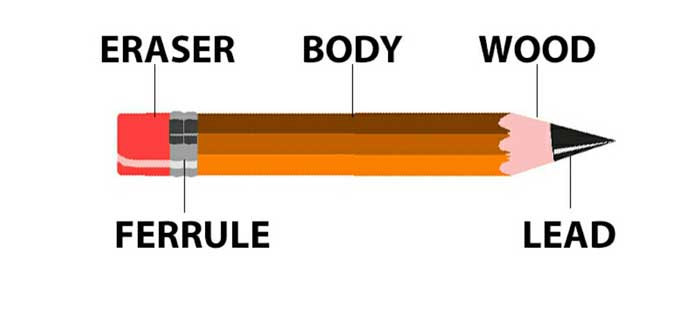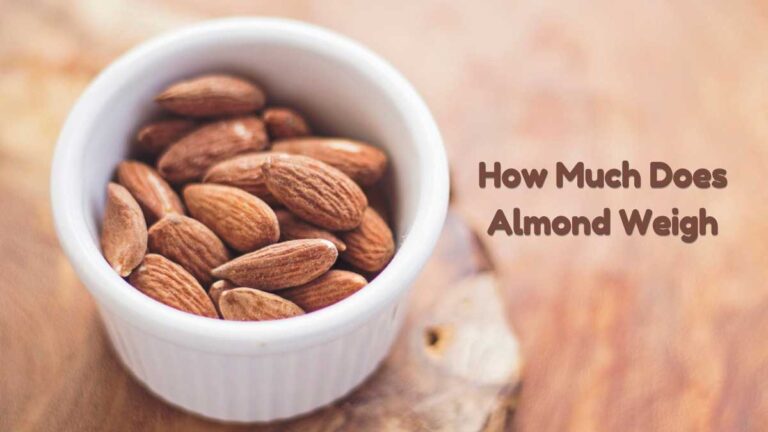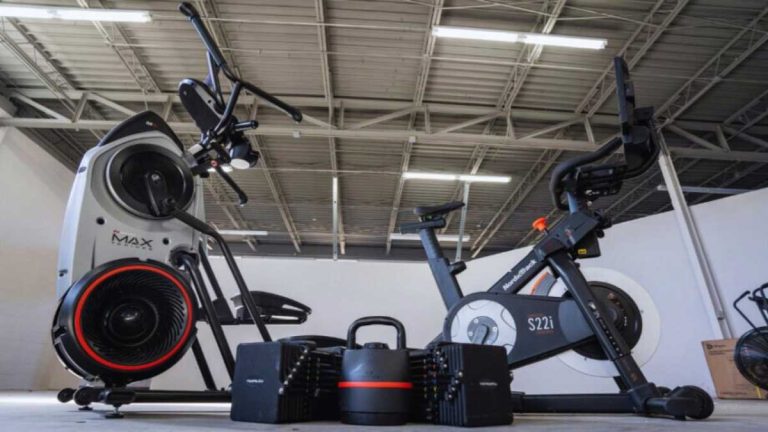How Much Does Pencil Weigh: Insights into Pencil Varieties
When you pick up a pencil, you probably don’t give much thought to its weight. Yet, the weight of a pencil can vary significantly based on its type and materials. A standard wooden pencil typically weighs between 5 to 7 grams, similar to the weight of a slice of lemon or a few dollar bills. Mechanical pencils, often crafted from plastic and metal, can tip the scales slightly more, ranging from 10 to 15 grams.
The diversity in pencil weights doesn’t end there. Pencils designed for children learning to write are often larger and heavier, while specialty pencils like those for golfers are smaller and lighter. Even the common number two pencil can vary in weight depending on whether it’s sharpened or has a used eraser. Understanding these differences can help you select the right pencil for your needs, whether you’re sketching, writing, or simply adding to your collection.
Key Takeaways
- A standard wooden pencil typically weighs between 5 to 7 grams, comparable to a slice of lemon or a few dollar bills.
- Mechanical pencils, due to their plastic and metal components, are slightly heavier, generally weighing between 10 to 15 grams.
- Pencil composition, including materials and size, directly influences weight, impacting the practical use of the pencil.
- Specialty pencils, such as those designed for children or golfers, have unique weight characteristics tailored to specific uses.
- Understanding pencil weight and composition can guide you in selecting the right pencil for writing or drawing, optimizing both comfort and functionality.
Understanding Pencil Composition
A pencil’s composition directly affects its weight and efficiency. Exploring the components and materials used in different types of pencils helps you understand these variations.
Components of a Pencil
- Graphite Core: The core, a blend of graphite and clay, determines how dark or light the pencil marks will be. The mix’s hardness varies on the HB scale, from 9H being the hardest to 9B as the softest.
- Wood Casing: The wooden casing, often made from cedar or basswood, encases the core. Not only does it protect the graphite but it also provides a comfortable grip, making writing easier.
- Paint and Finish: The exterior is typically painted. This may include additional coatings to enhance durability and give the pencil a sleek look.
- Ferrule and Eraser: On many pencils, a ferrule, the metal band, secures an eraser. This feature adds functionality, allowing you to swiftly correct mistakes.
- Wooden Pencils: Predominantly used, these pencils have a graphite core shielded by wood. Their design facilitates easy handling and efficient usage.
- Mechanical Pencils: These have refillable graphite leads without a wooden casing. The absence of wood allows for a consistent size and eliminates the need for sharpening, a significant advantage for those needing precision.
Understanding these elements helps you choose a pencil that matches your specific writing or drawing needs, considering factors like weight, grip, and material longevity.

Measuring Pencil Weight
Understanding the weight of pencils enhances your appreciation for their design and usage efficiency. Whether you’re a student picking the right tool for exams or a professional artist investing in your craft supplies, knowing the intricacies of pencil weight can guide your choices.
Average Weight of Common Pencils
A standard wooden pencil typically weighs between 5 to 7 grams, with popular brands like Ticonderoga falling into this category. For example, each Ticonderoga pencil weighs about 5 grams, comparable to the weight of a postcard or a slice of lemon. Mechanical pencils often weigh more, ranging from 10 to 15 grams, as the additional components like metal or plastic casing and mechanisms contribute to their heft.
- Material: Different materials, such as wood, plastic, or composite, influence pencil weight significantly. Wooden pencils, often made from cedar, are lighter than mechanical pencils with plastic bodies.
- Size: Pencil length and diameter impact weight. Longer or thicker pencils common among children’s tools provide a larger grip but weigh more.
- Added Weights: Some pencils come with added weights, like golf pencils, which are lighter, or novelty giant pencils that weigh significantly more.
By considering these factors, you can select a pencil that suits your specific needs, ensuring ease of use and efficiency in your writing or drawing activities.
Comparison with Other Writing Tools
Different writing tools provide various benefits based on their weight and design. Understanding these differences helps you choose the most suitable tool for your needs.
Mechanical vs. Wooden Pencils
Mechanical pencils weigh more than wooden pencils. A typical wooden pencil weighs about 5 to 10 grams (0.18-0.35 ounces), while mechanical pencils range from 10 to 30 grams (0.35-1.06 ounces) due to their metal casing and lead-advancing mechanism. This weight difference affects portability and comfort during long writing sessions. For example, in educational settings, mechanical pencils are preferred due to their consistent line width and lack of sharpening needs, whereas wooden pencils are cost-effective and durable, making them suitable for school supplies.
Weight Variations Across Pencil Types
Different pencil types exhibit unique weight characteristics. Standard wooden pencils, like the number two, are lightweight and familiar, weighing roughly 6 to 7 grams (0.21 to 0.25 ounces). Specialty pencils also exist, such as weighted pencils used for therapeutic purposes, adding up to 3 ounces (85 grams) for better control or small pencils for golfers which are lighter. If you’re considering the best tool for writing or art, assessing pencil weight and size can provide an optimal balance between function and comfort.
Practical Implications of Pencil Weight
Understanding pencil weight affects how pencils perform in writing and drawing activities. Certain weights are beneficial for specific tasks. Below, explore how pencil weight impacts writing and drawing.
Effects on Writing and Drawing
Weighted pencils enhance writing and drawing precision. Extra weight offers proprioceptive feedback, helping you maintain steady hand movements, which improves handwriting legibility, especially for those with limited hand strength. The weight aids in achieving optimal pencil placement by resting the pencil at a 45-degree angle between your thumb and index finger, essential for proper letter formation and smooth hand motions.
Considerations for Bulk Orders and Shipping
When ordering pencils in bulk, weight influences shipping costs and logistics. Standard wooden pencils weigh approximately 5 to 7 grams, impacting the total shipment weight. Mechanical pencils, weighing 10 to 15 grams each, increase the overall shipment load. Choosing the correct type and weight of pencils will optimize both educational and professional needs, considering ease of transport and cost efficiency.
Conclusion
Understanding the weight of a pencil goes beyond mere curiosity; it plays a crucial role in selecting the right tool for your writing or drawing needs. By considering the weight differences between wooden and mechanical pencils, you can make informed decisions that enhance your comfort and efficiency. Whether you prioritize portability, ease of use, or cost-effectiveness, knowing how components like the graphite core and wooden casing contribute to a pencil’s weight can guide your choice. This insight not only helps in personal use but also impacts decisions in educational and professional settings, ensuring you achieve the best results with the right pencil.







